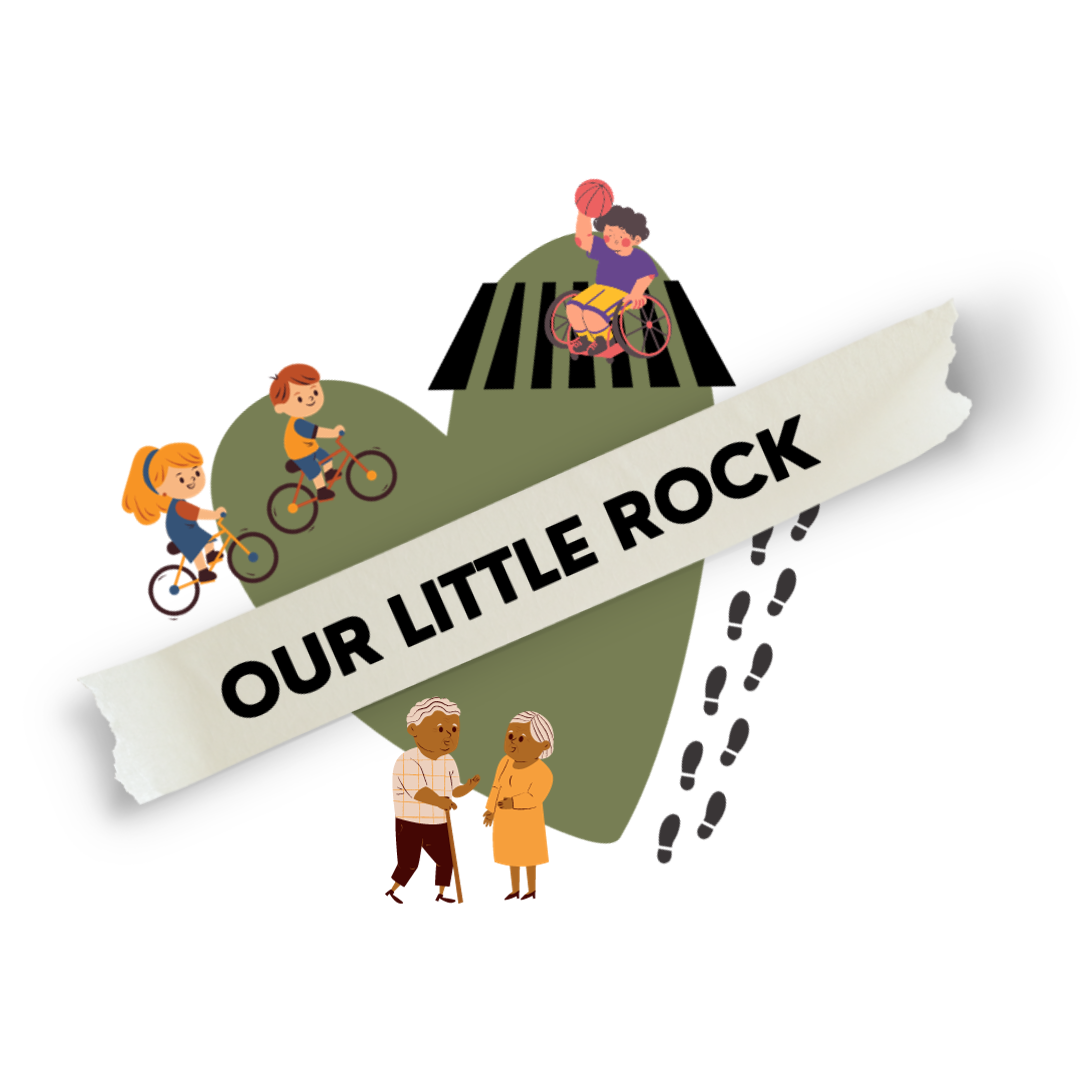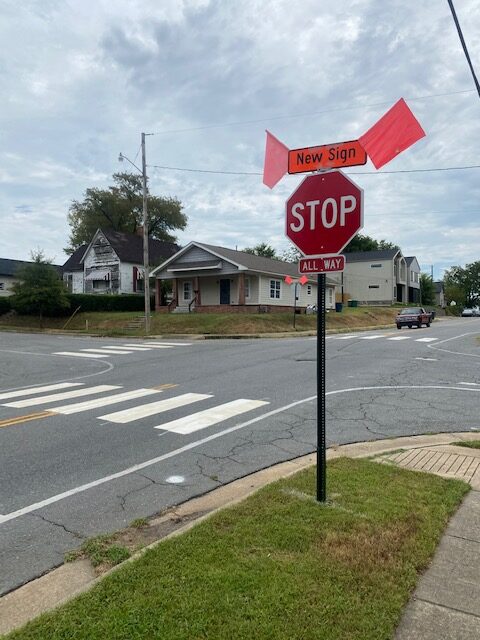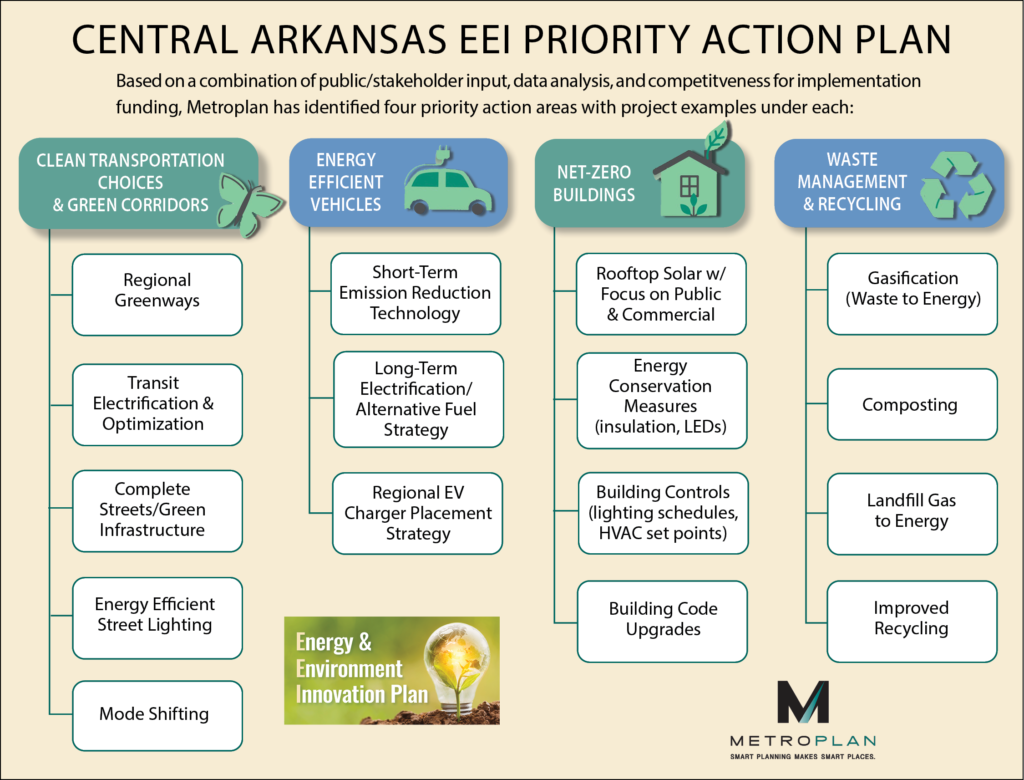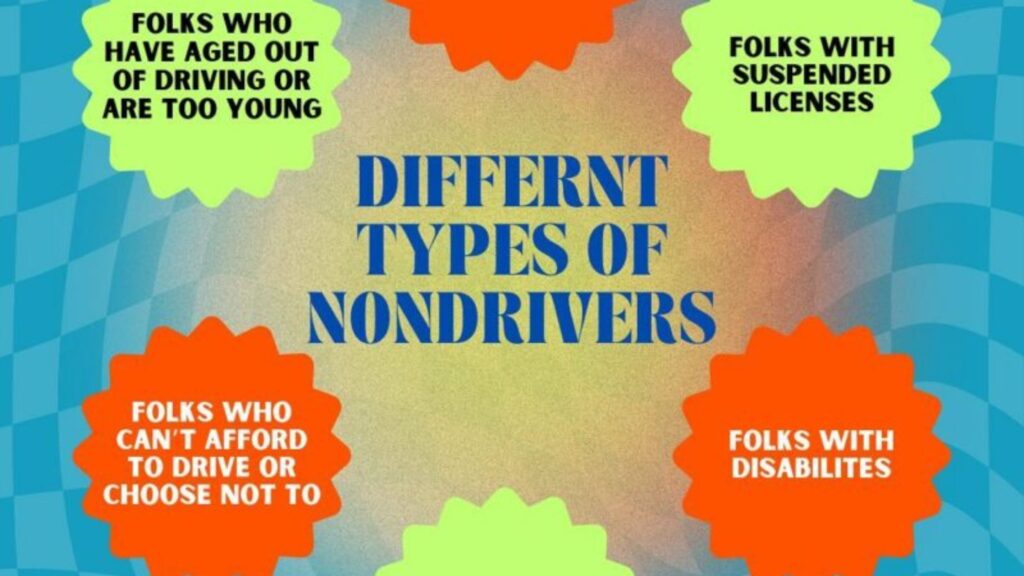Little Rock has taken the first, very important step to make our city streets safer by adopting Central Arkansas’ Regional Safety Plan and a Vision Zero Policy. The Safety Action Plan was developed by Metroplan, Central Arkansas’ Metropolitan Planning Organization (MPO), and involves city leaders from across the region. The Region’s goal is to reduce fatal and serious injury crashes 40% by 2040 and eventually get to zero. Could it be more ambitious? Certainly. Could Little Rock be a leader, like Hoboken or Austin, to get us to zero quicker? Absolutely. But it’s a step! And one that has the potential to keep people who live in and visit Little Rock safer. That’s something to celebrate. |
What is Vision Zero?
Vision Zero takes a safe systems approach, which follows six principles (e.g. humans make mistakes, safety is proactive, responsibility is shared, humans are vulnerable, death and serious injury are unacceptable, and redundancy is critical) and understands that all components within the system (e.g. speeds, roads, people, vehicles, and care) have a role to play.

More on the Regional Safety Plan
The Central Arkansas Regional Safety Plan recognizes that the 553 fatal accidents and 2,210 serious injury crashes in the region between 2018-2022 are WAY too many.
The top three focus areas to improve road safety are:
1) Intersections
2) Distracted Driving
3) Non-Motorists

The Regional Safety Plan also includes a High Injury Network to identify the most dangerous corridors and intersections in our region. And yes, that inset is the City of Little Rock…

What’s next? Little Rock’s Public Works team is getting to work on an application for a Safe Streets for All Implementation Grant which could earn the city $25M to put towards making improvements on five of the most dangerous roads and intersections in the city. According to Public Works Director’s Jon Honeywell’s presentation at the April 30th Board Agenda Meeting, these areas include: University Ave., Geyer Springs, 12th/Woodrow, Chicot Rd, and John Barrow Rd. Fayetteville recently was awarded a similar grant (in both size and scope), which you can read about here. Another step to ensure we as a city are truly committed to Vision Zero is to “build and sustain leadership, collaboration, and accountability – especially among a diverse group of stakeholders to include transportation professionals, policymakers, public health officials, police, and community members.” (Committing to Vision Zero Strategies). We’re here for it! Message us if you’re interested in being part of these conversations. |



